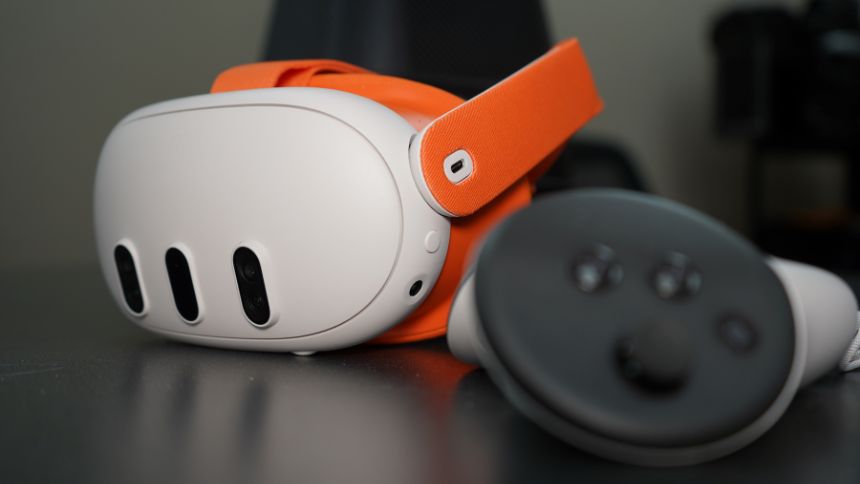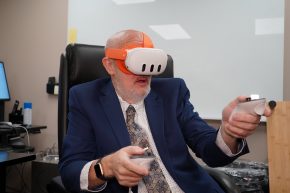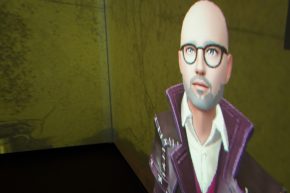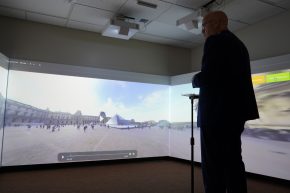
Virtual Reality brings foreign countries to Knoxville
Dr. Douglas Canfield is leading the charge at the University of Tennessee, Knoxville when it comes to immersive language learning through virtual, augmented, and extended realities.
Dr. Douglas Canfield is a man with two passions. In his role as the coordinator of the Language Resource Center at the University of Tennessee, Knoxville (UTK), he is dedicated to assisting foreign language students in achieving success. Simultaneously, he has a strong enthusiasm for artificial intelligence (AI), video, and media. Remarkably, Dr. Canfield has discovered an innovative way to merge his passions to enhance language education.
His approach involves leveraging the power of AI and virtual reality (VR) headsets to recreate real-life scenarios. The Language Resource Center boasts dozens of Lenovo Mirage Solo VR headsets, which support Google Daydream VR platforms. Canfield mentioned that they might upgrade to the Meta 3 in the upcoming months.
Virtual Reality in the Classroom

He explained that each professor can customize the VR experience to their liking.
“We went through a pilot program where they taught us how to create avatars. They provided us with a crash course on prompt engineering, and it’s not overly complex,” Canfield said.
For instance, in a French course, a professor could program a scenario featuring an avatar at a sidewalk café. The VR avatar exclusively speaks French, but it requires the student’s assistance to solve a problem.
“You could set up police interrogations in foreign languages. We can use it for sociolinguistics, such as addressing someone with an informal register when a formal one is more appropriate. In that case, the avatar will react negatively instead of positively,” Canfield elaborated.

His goal is to offer students scenarios that closely resemble real-life situations. The technology allows students to respond verbally through the headset. The programming then translates their responses into text and sends it to a chatbot, which provides a spontaneous response. This entire process takes about five seconds. What sets this chatbot apart from the typical ones is that it offers emotionally nuanced responses based on the character it has been programmed to emulate.
“I can program it to mimic my voice. You can mimic Shakespeare, Snoop Dogg, or anyone’s voice and have it say whatever you’d like,” Canfield explained.
Moreover, the voices sound remarkably realistic. Canfield acknowledged that students’ primary complaint is that the avatars don’t appear as lifelike as the conversations.
“Holodeck Tech”
The Language Resource Center’s innovative approach extends beyond VR headsets. Canfield has also introduced a “holodeck” system that enhances the immersive language learning experience by providing visual context through the headsets.
Canfield noted, “Teachers often wanted to show examples of assignments and act out different scenarios in front of the class. However, this was challenging without the ability to broadcast what they were seeing.”

He believes that much of this technology will continue to revolutionize language instruction. Canfield is now working on VR programming to have the headsets assist with language tutoring, to help students reduce their accents and improve their conversational skills even before venturing into a foreign country.
By combining his two passions—language education and artificial intelligence—Canfield has ushered in a new era of personalized and immersive language learning experiences. As technology continues to advance, this innovative approach may pave the way for a more interconnected and multilingual world.
Like what you've read?
Forward to a friend!

